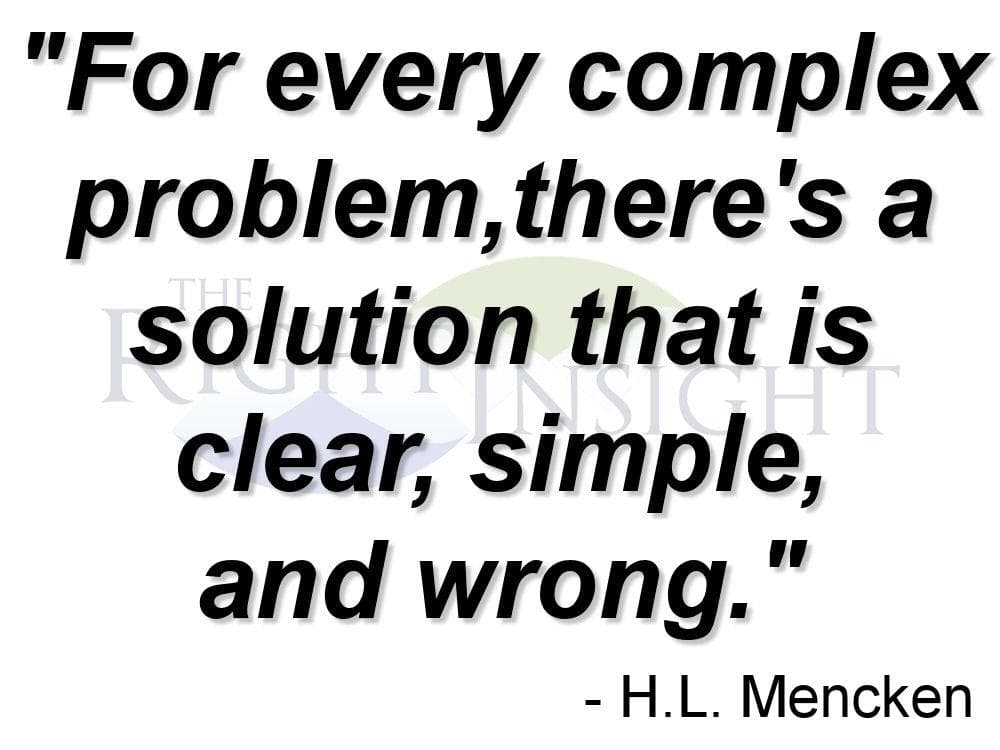Government funded climate research has had a heavy focus on “tactical research” intended to support a government narrative or justify climate policies. This research has produced a “veritable plethora” (HT: Howard Cosell) of scary potential future climate change scenarios. This research has relied upon ”adjusted” global temperature measurements, extreme Representative Concentration Pathways (RCP 8.5), high climate sensitivities, positive climate feedbacks and unvalidated and unverified climate models. The intent of this research has been to scare the public regarding the potential future effects of climate change and to encourage the public to accept and comply with government climate policies.
Regrettably, this approach to government funded climate science, while useful in producing media headlines, has diverted attention from research necessary to improve our understanding of climate and weather. Much remains unsettled regarding the “settled science” of climate and climate change. It would be prudent to understand climate before committing $ trillions to remaking our energy economy.
The fundamental concerns regarding climate change are increasing near-surface temperatures and sea level rise. Significant uncertainties persist regarding both.
Near surface temperatures are measured at a large number so locations using a variety of instruments and instrument enclosures. A recent survey in the US suggests that approximately 96% of US measuring stations are producing erroneous measurements as the result of location, instrument calibration or instrument housing deterioration. It is reasonable to assume that the measuring stations in other countries are similarly affected. Some areas still remain unmeasured.
The US Climate Reference Network (CRN) uses three identical sets of carefully sited and installed measuring equipment at each site to provide accurate, UHI-free temperature measurements. However, this system has not been adopted globally, so a high percentage of temperature measurements are “adjusted’ using various methods of uncertain provenance. Recent studies suggest that approximately 40% of the calculated US temperature anomaly is attributable to UHI. Other global measuring sites are likely similarly affected.
Climate science currently uses a range of climate sensitivities to greenhouse gases (GHGs) in the atmosphere because the actual sensitivity value is unknown. Climate science also uses a range of values for climate feedbacks because the actual values are also unknown. Finally, analyses are conducted with numerous climate models, none of which has demonstrated that it actually models the climate. Research to identify the actual values of these parameters and to validate a single climate model which actually models the real climate is clearly necessary.
Government places great significance on the Social Cost of Carbon (SCC), which is a very malleable estimate of the future damage which might be caused by climate change. However, government apparently ignores the social benefits of increasing atmospheric CO2 concentrations. Several studies suggest that the SCC is currently negative and would likely remain so for the foreseeable future.
There also remain several natural phenomena which affect weather and climate which remain inadequately understood and justify further research including the Atlantic Multi-decadal Oscillation, the Pacific Decadal Oscillation, ENSO and other elements of the global water cycle. Further research is also warranted on the effects of sub-oceanic vents and volcanoes. This research might also assist in understanding the many factors which affect the development, frequency, intensity and path of tropical cyclones.
Sea level rise has been occurring since the trough of the Little Ice Age. Since the implementation of tide gauges to measure sea level, there has been a relatively continuous rise in sea level, with no indication of acceleration associated with global warming. Sea level is now also measured by satellites and the satellite data is believed to show some modest acceleration in the rate of sea level rise. There remains a significant and unresolved difference in the rates of sea level measured by the tide gauges and the satellites, which is also a subject for further research.
It is clearly past time to shift from tactical climate studies to serious climate research.
